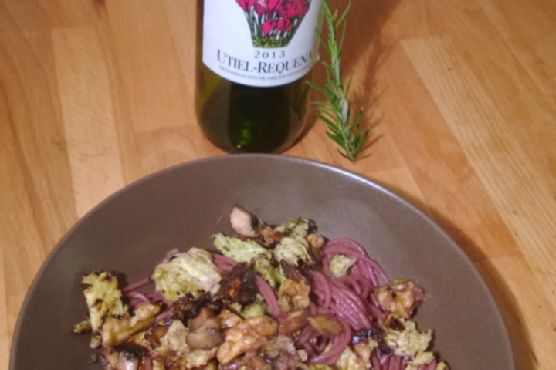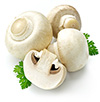Sign In Chef

By using our free meal planner (and the rest of spoonacular.com) you have to agree that you and only you are responsible for anything that happens to you because of something you have read on this site or have bought/cooked/eaten because of this site. After all, the only person who controls what you put in your mouth is you, right?
Spoonacular is a recipe search engine that sources recipes from across the web. We do our best to find recipes suitable for many diets — whether vegetarian, vegan, gluten free, dairy free, etc. — but we cannot guarantee that a recipe's ingredients are safe for your diet. Always read ingredient lists from the original source (follow the link from the "Instructions" field) in case an ingredient has been incorrectly extracted from the original source or has been labeled incorrectly in any way. Moreover, it is important that you always read the labels on every product you buy to see if the product could cause an allergic reaction or if it conflicts with your personal or religious beliefs. If you are still not sure after reading the label, contact the manufacturer.
We also attempt to estimate the cost and calculate the nutritional information for the recipes found on our site. Again, we cannot guarantee the accuracy of this information. Additionally, our nutrition visualizer that suggests that you limit sodium, sugar, etc., and get enough protein, vitamins, and minerals is not intended as medical advice. Similarly, our health tips are based on articles we have read from various sources across the web, and are not based on any medical training. The team behind spoonacular does not possess any medical qualifications and the information may be found to be incorrect or out of date based on future research. If you need help planning your diet or determining which foods (and recipes) are safe for you, contact a registered dietitian, allergist, or another medical professional.
Spoonacular is not responsible for any adverse effects or damages that occur because of your use of the website or any information it provides (e.g. after cooking/consuming a recipe on spoonacular.com or on any of the sites we link to, after reading information from articles or shared via social media, etc.)
×A recipe by coffeebean.

$3.38 per serving

1 likes

Ready in 40 minutes

Spoonacular Score: 93%
Rustic Red Wine Spaghetti might be just the main course you are searching for. This recipe makes 2 servings with 855 calories, 35g of protein, and 40g of fat each. For $3.38 per serving, this recipe covers 47% of your daily requirements of vitamins and minerals. From preparation to the plate, this recipe takes roughly 40 minutes. If you have red wine, salt and pepper, mushrooms, and a few other ingredients on hand, you can make it. It is brought to you by spoonacular user coffeebean. Users who liked this recipe also liked Rustic Red Wine Spaghetti, Rustic Red Wine Spaghetti, and Rustic Chicken Stew with Tomatoes, Olives, and Red Wine.


























1. In a small skillet, fry the garlic in olive oil until fragrant. Add the mushrooms. When the mushrooms are almost done, add the fresh rosemary, be careful not to let it burn.
2. In a large skillet, fry the chopped savoy cabbage until the desired level of crispiness is achieved.
2. Once the cabbage is nearly done, pour half of the bottle of wine into a pot. Dilute with boiling water until you have enough to cook the pasta in (but try not to dilute it too much). Bring to a boil and salt the water.
3. Add the spaghetti.
4. Drain the pasta, reserving about 1/4 cup of the pasta water.
5. Add the pasta to the skillet with the cabbage. Add the mushrooms and rosemary (you might want to de-glaze the pan they were in with some more wine). Add the reserved wine/water mixture to the pan with the pasta and cabbage. Season with salt and pepper. Add olive oil if it's too dry, and don't forget plenty of Parmesan.